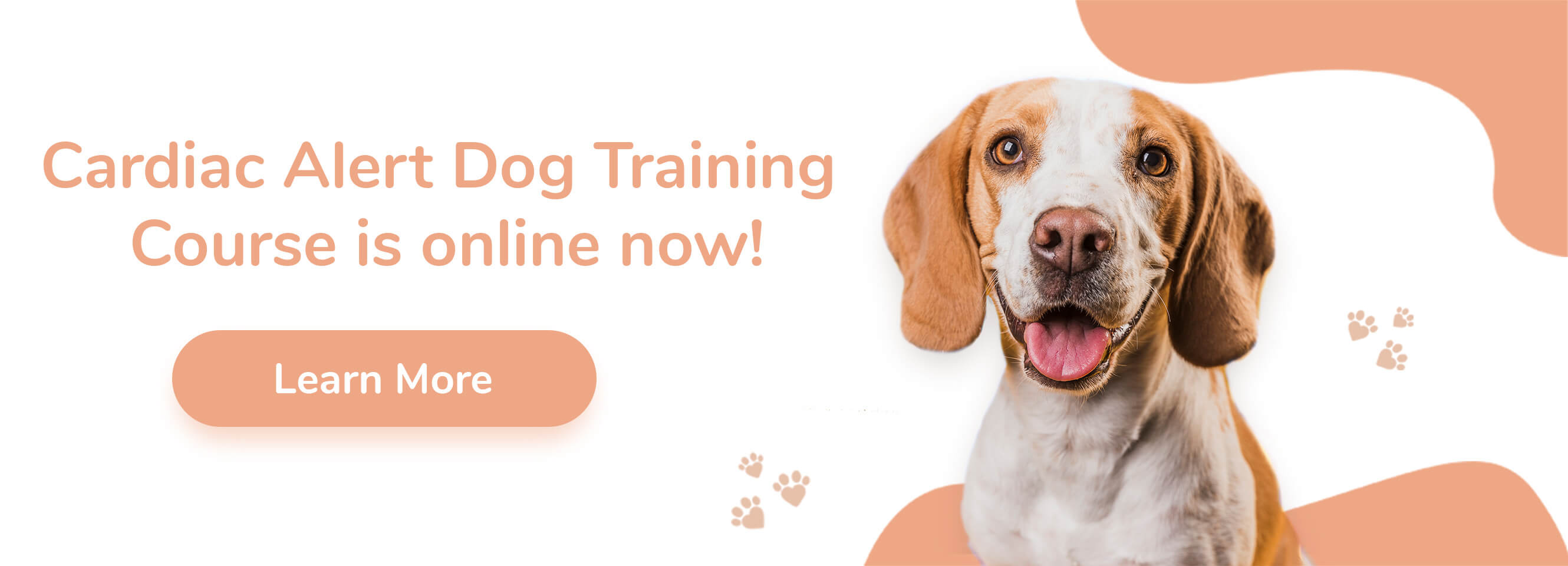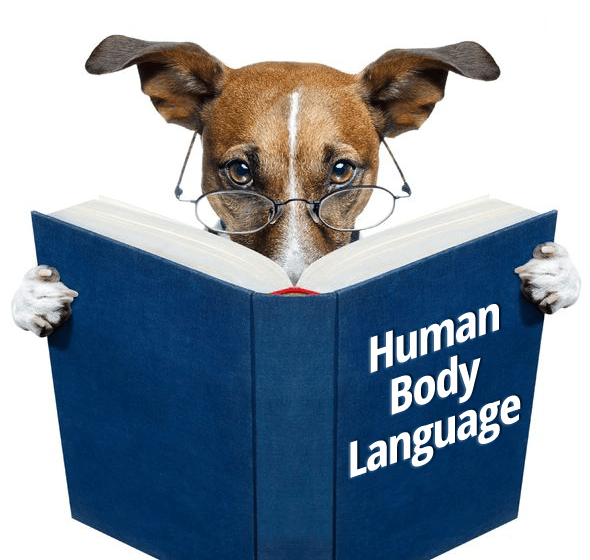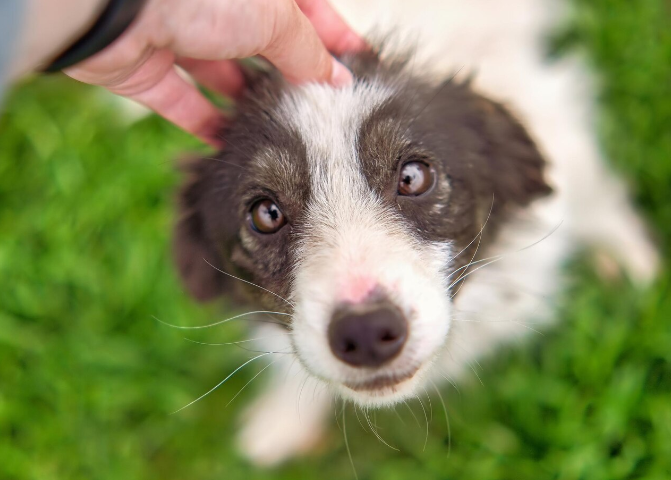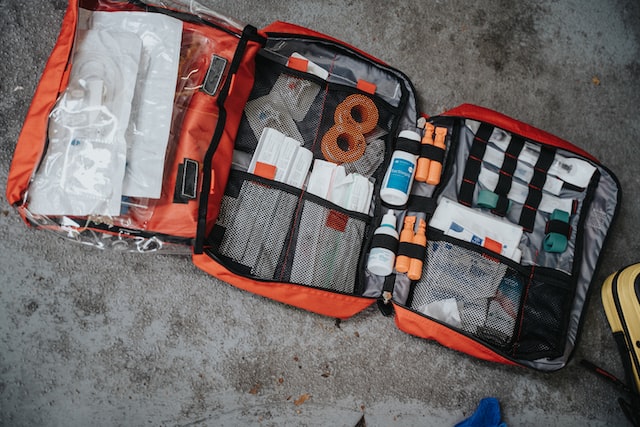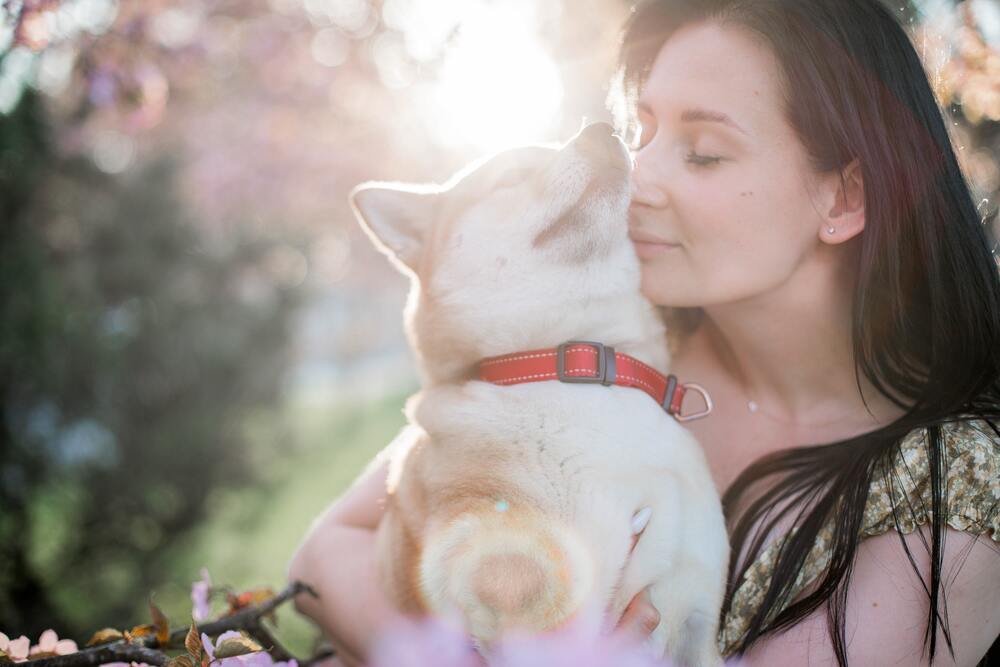
Service animals are of great help to individuals with physical and mental disabilities! The variety and difficulty of the tasks that they can be trained to perform are sometimes hard to imagine! In order to be reliable in their performance, service dogs need to go through both obedience and specialized training. Much time and effort need to be invested in the training process in order for it to succeed.
It is a fact, that individuals can benefit from different types of tasks, based on their needs. Some of these tasks can be easier to train than others and this depends not only on the nature of the task itself but also on the dog’s temperament and predisposition. Some dogs are able to learn certain tasks quicker than others and this is absolutely normal.
Alert tasks are a specific type of service dog task, whose benefits for people with different kinds of disabilities are simply incredible! Cardiac alert dogs, in particular, are able to literally save their owners’ lives by alerting them to oncoming cardiac episodes.
Due to the great benefits that cardiac alert dog training has for many people’s lives, we have decided to pay special attention to it and provide helpful information about its specifics.
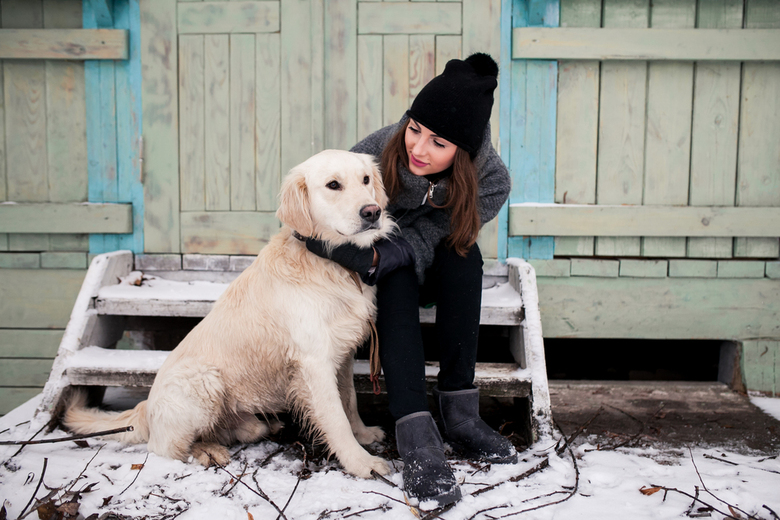
Alert Tasks vs Response Tasks
Let’s clarify first the difference between Alert and Response tasks. Alerting to an oncoming event in the context of service dog training means that a dog has been trained to recognize oncoming episodes, which can include anxiety and panic attacks, increased/decreased blood sugar levels, irregular heart rates, migraines, seizures...etc. Once the dog recognizes the oncoming episode, he/she alerts the owner/handler to it by exhibiting a specific behavior.
Response tasks, on the other hand, are related to types of behaviors that a service dog displays as a response to the symptoms of a disability.
Simply put- alert tasks are performed prior to the event occurring, while response tasks are performed after that.
How Do Service Dogs Learn to Recognize Oncoming Events?
Alert training, including cardiac alert dog training, is based on scent detection. Alert service animals go through specialized training to learn to recognize the specific scent of their owners when they are having an episode. This is possible thanks to the amazing sense of smell that dogs have. You may already know that dogs explore their surroundings, including any other animals or people there, primarily through their sense of smell.
What Types of Dogs Can Be Trained in Alert Tasks?
There are no restrictions on the dog breeds that can be trained to perform alert tasks. This does not mean though, that all dogs can become good alert service dogs. There are some factors, both physical and temperament-related that need to be taken into consideration:
-
Is the dog short- or long-muzzled?
The number of olfactory receptors in a dog’s nose plays an essential role in his/her ability to detect scents. The bigger this number is the better the dog’s performance will be as well. This does not automatically mean that a short-muzzled dog can never be trained in alert tasks, but it is likely to be way more difficult.
-
Is the dog people-oriented or not?
Being people-oriented and tolerant toward physical contact is essential for service dogs in general, but it is even more important for alert service animals. Best alert service dogs genuinely enjoy staying close to their owners, being petted by them, or otherwise having contact with them. Dogs who would rather spend time on their own, and are very independent, stubborn, and self-sufficient are not preferred as alert service animals.
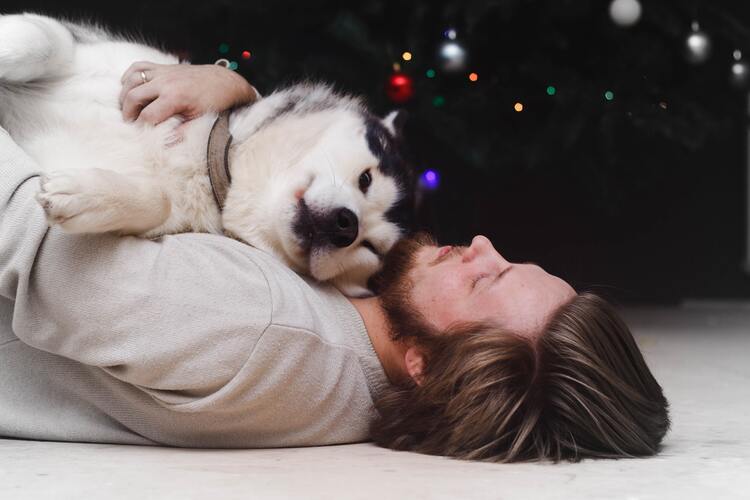
Cardiac Alert Dog Training- What Does It Include?
Dog
The first step is to have the right dog for the job. If you still do not have a dog and you are considering getting a canine to train him/her for this task, you should make sure that he/she has the right temperament for the job. He/she should be balanced, calm, friendly, people-oriented, and curious to explore, rather than being shy, too passive, or aggressive.
If you already have a dog, you are the person who knows him/her as an individual the best and whether alert training is something he/she could deal with. If your canine meets the temperament and the physical requirements, it may be worth giving it a try!
Alert Behavior
You should decide what type of behavior you would like your dog to display when he/she recognizes your scent during a cardiac episode. There are different types of alert behaviors, the most common of which are giving a kiss, nose-nudging, and pawing at you. It is important that you opt for a behavior that will give you a clear indication that something is about to happen (an episode is about to occur).
Some dogs have the innate ability to detect the specific scent their owner’s body has during an episode. It can happen, that your dog shows behavior that is too subtle or not clear enough for you to recognize it as a response to the scent. For example, some dogs who have a very strong bond with their owners may start staring at their owners when they are about to have an episode. This shows that the dog recognizes that something is about to happen, but since no training has been conducted, the alert behavior remains too subtle and clear to the person.
It is recommended that you choose a behavior that will be paired with scent training only. If your paw friend already shows a specific behavior in regard to another task, you should opt for a different one, that will be exclusively used in alert training.
Cardiac Episodes
In order for alert training to be successful, cardiac episodes are expected to occur on a regular basis. This is basically valid for all types of alert training. The more regularly the episodes occur, the more often the dog will be in contact with the specific scent of their owner during an episode, and will learn to recognize it and respond to it.
Also, some types of alert training, require the episodes to build up slowly. If they strike quickly, the dog may not be able to pick up on the cues and respond in a timely manner.
Scent Collecting
Alert training requires service dog users to collect scent samples during an episode. These samples can be stored in a freezer for a few weeks and after that, they must be thrown away, as they will get contaminated. This means that you will need to collect scent samples on a regular basis since one sample can be used for a limited time only.
When it comes to scent collecting an important question arises-does it matter what body area you will collect samples from?
It actually does. Although saliva samples will also work, when it comes to cardiac alert training, it is preferred that you collect samples of your sweat from the areas on the back of your legs (on the creases), ears, wrists, forehead, and knees. Saliva is considered one of the last things that will change its scent when a cardiac episode occurs. You still can take saliva samples though and practice with your dog to see if he/she will respond to it.
It is recommended that you collect scent samples that match different values of your heart rate.
Identifying the “Best” Scent
By “best” scent we mean that scent that your dog will have the strongest response to. You should try to collect scent samples from different body areas to see which of them will cause the strongest response in your dog. The body area that produces the “best” scent is that you should continue taking samples from and using them during the training sessions.
Types of Scent
During cardiac alert training and alert training in general, you will have to collect scent samples not only when you are having an episode, but also when you are calm and relaxed, i.e. after you have slept / relaxed very well. This will be needed during the training sessions so that your dog learns to differentiate between both types of scent-the one during an episode, and the other one which is your normal scent when at the time of the day you are feeling well.
Collecting Tools
Alert training requires a cotton ball/gauze and a scent container or tube. Properly collecting and storing the scents are essential in alert training.
It is also important that you do not let other people, e.g. family members, have their scent on the collecting tools. You should handle these tools yourself, otherwise, scents may mix and impede the training.
Once you collect a scent sample and put it in the container/tube, you should label it- write down the date and the heart rate that matches this scent. Proper labeling of the scent tubes is very important, so you should not forget to do it during the training.
Scent Training
Once your paw friend is trained in a specific alert behavior (nose-nudging at you, pawing at you, giving you a kiss, or whatever works for you) you can move to scent training. Scent training is based on creating a positive attitude in the dog toward your specific scent during an episode. This can be accomplished by pairing the scent with food (treats) or anything positive that motivates the dog.
In the beginning, you should introduce the scent tube/container to your paw friend and praise and reward him/her for any interest he/she shows toward it. The idea of the introduction is to help the dog understand that good things for him/her will follow, if he/she shows interest in the scent. You can introduce your scent during an episode (i.e. when your heart rate is too high or too low) and your standard scent during the rest of the day. When your dog sniffs at the “right” scent, you should click with a clicker, praise and reward him/her. Keep the container/tube open, so your dog can better sniff at the scent and learn to pair its presence with a reward.
After several repetitions, you can start including scent samples from different episodes and reward your paw friend only when he/she is showing interest in the one you want to be notified to.
It is important that your pup learns that it is the scent he/she should alert you to, and not the presence of the tube/container/cotton ball. That is why advanced scent training includes hiding the container/tube or changing his/her location as well as its appearance, so the dog learns to use his/her nose and not his/her eyes. You should ignore all alerts to the wrong scent / or to a container that does not include a scent at all, but a clean cotton ball only. If you show your pup a container/tube, that includes a clean cotton ball, and he/she does not respond to it / ignores it, you should reward him/her. This means that your dog has learned to ignore the scent that you do not need him/her to alert you to.
After several repetitions (you will decide based on your dog’s progress), you should start asking for the trained alert behavior. At the moment your dog sniffs at the right scent, ask him/her to perform the trained alert behavior. Over time your dog will learn to pair the presence of the scent with the specific alert behavior you need him/her to perform.
Alert training may not be as difficult as some of you may think, but it has its specifics though. If you would like to receive more detailed information about cardiac alert dog training, you can check our Cardiac Alert Dog Training Program and its learning plan here.




